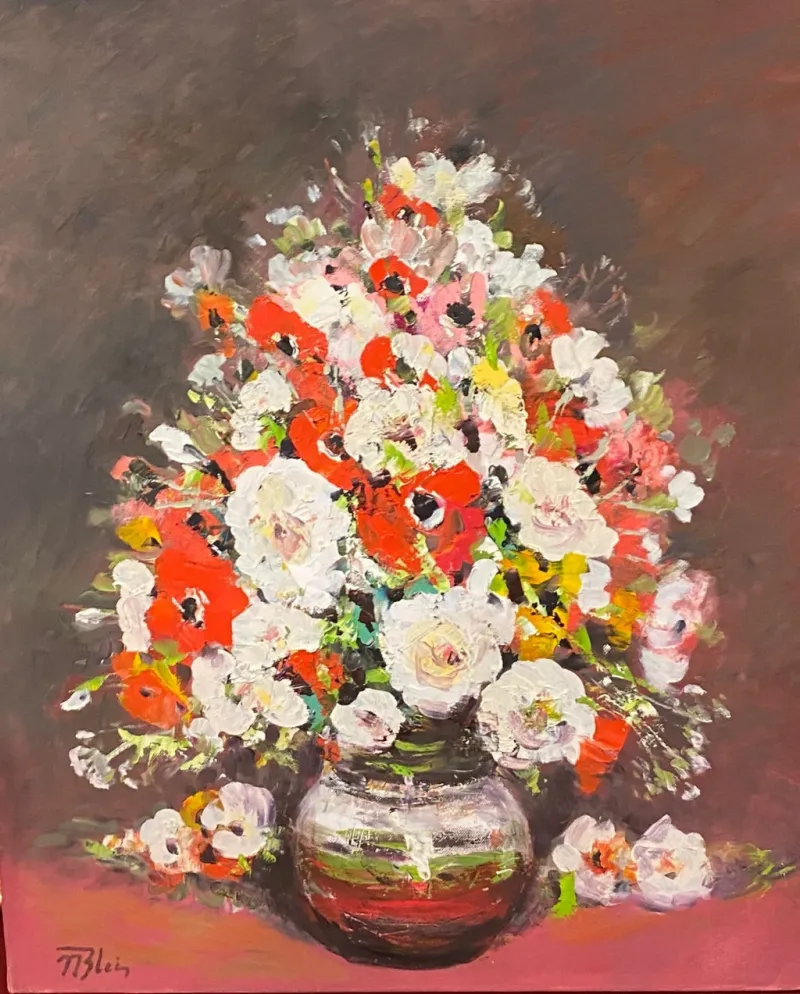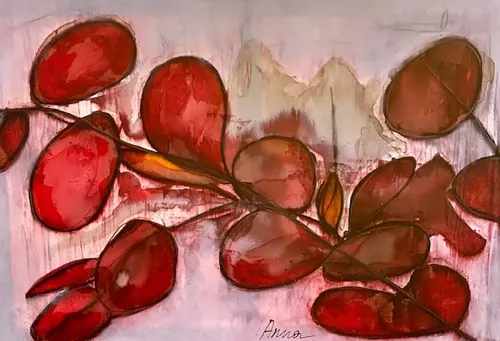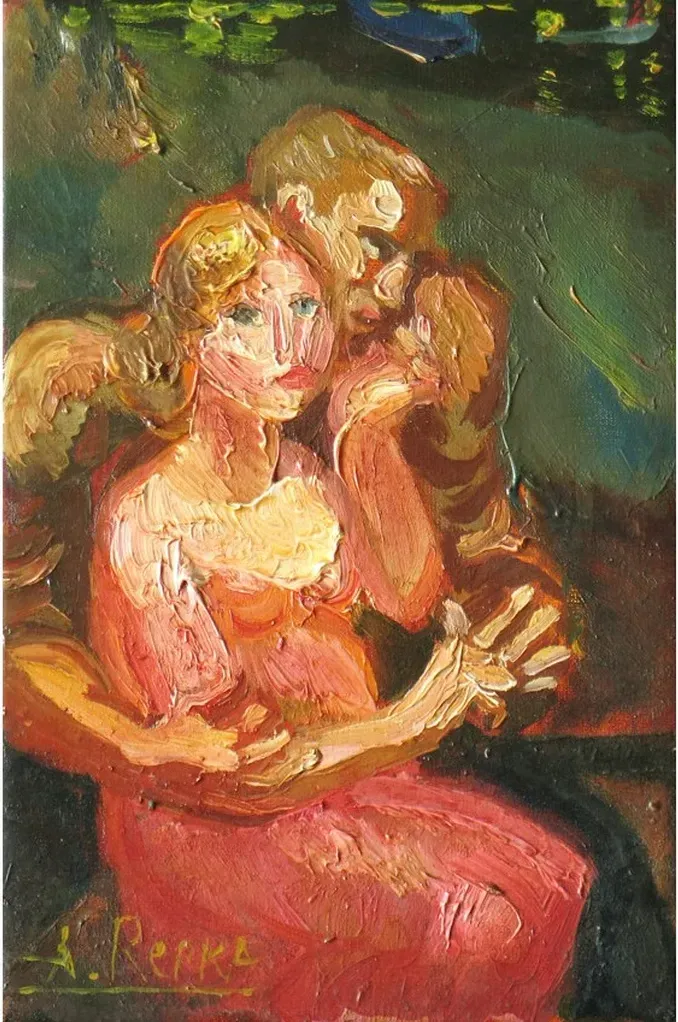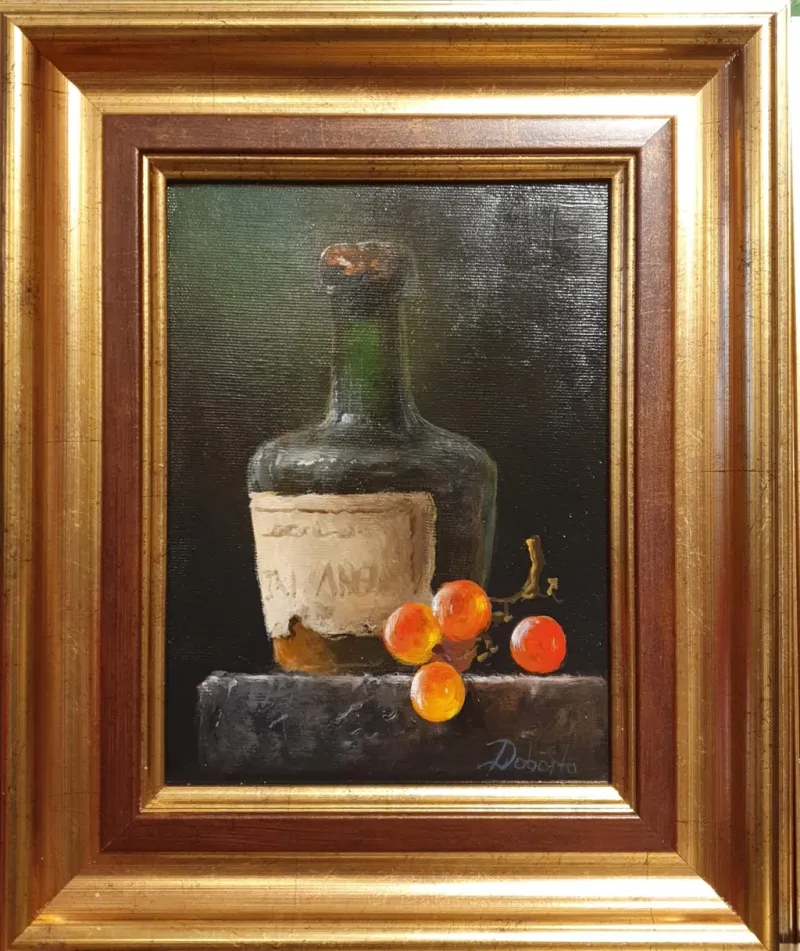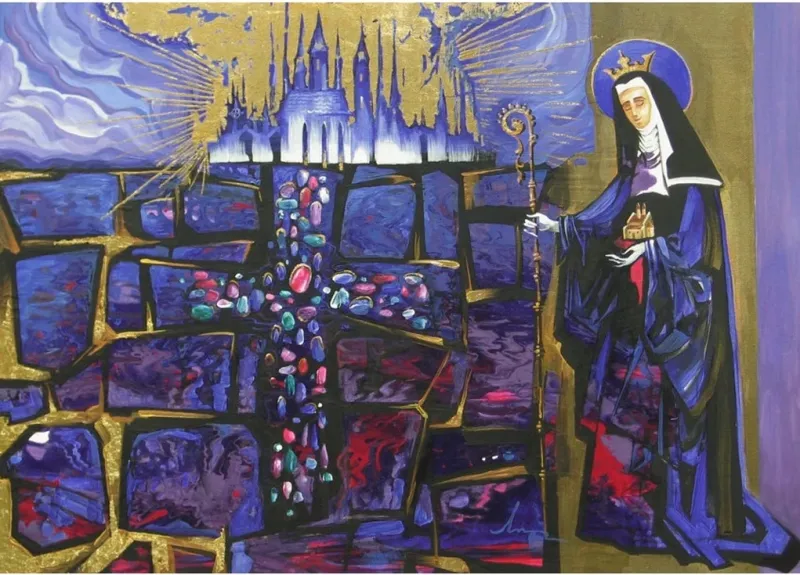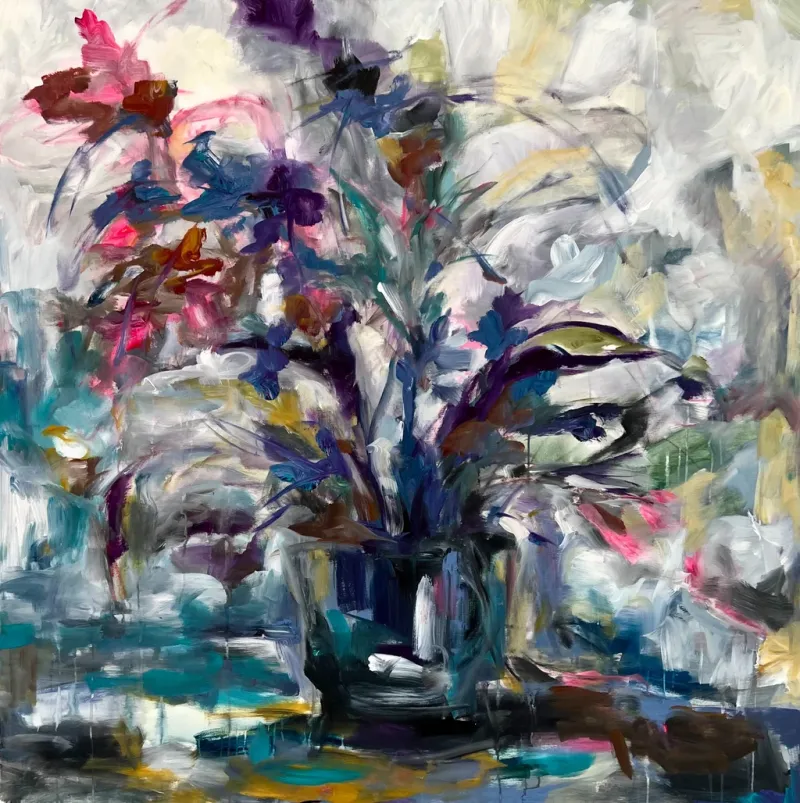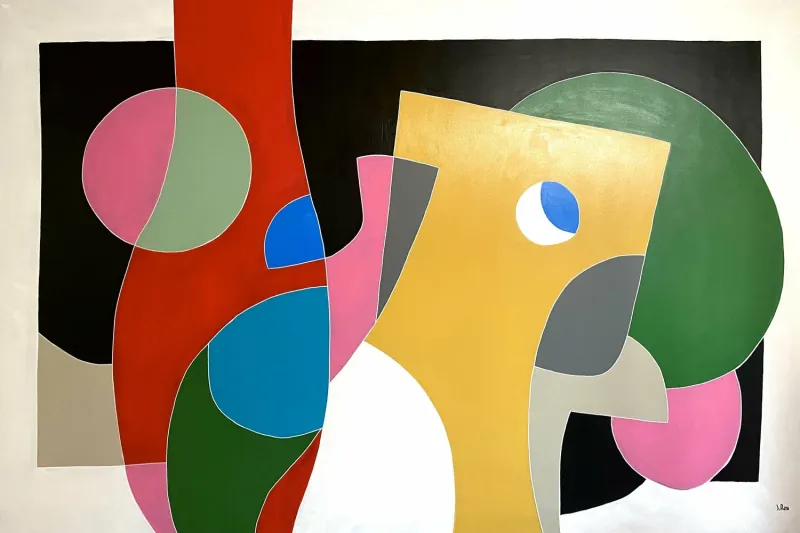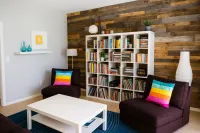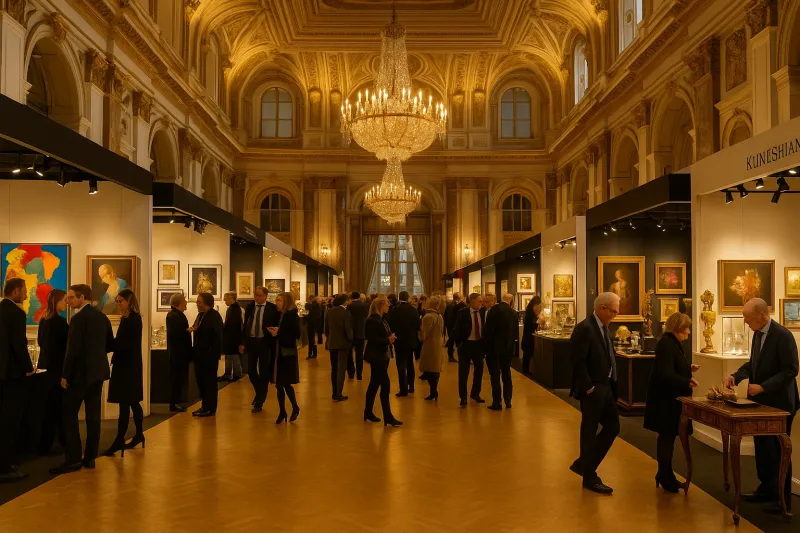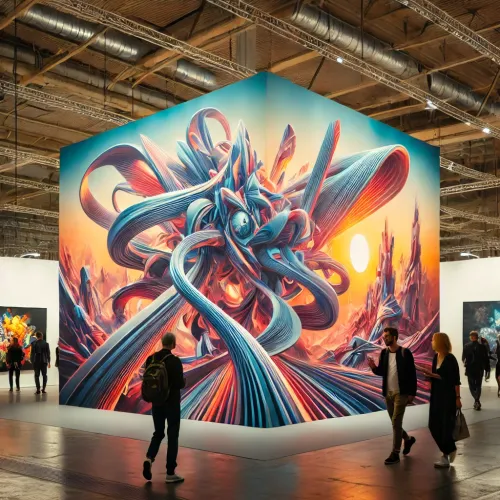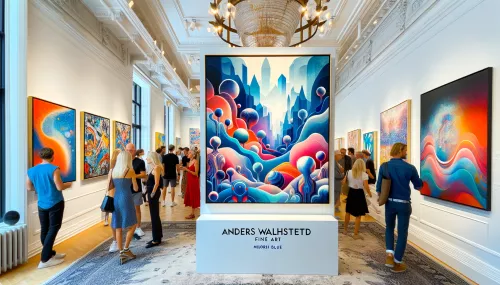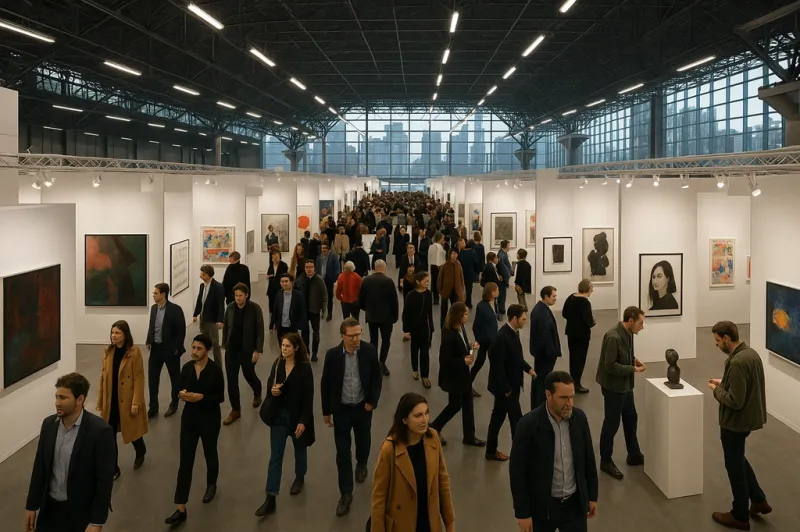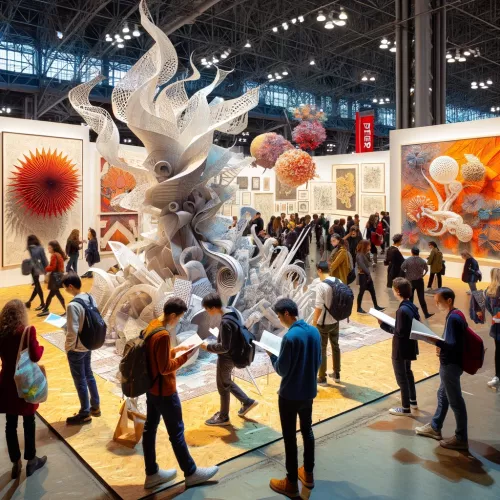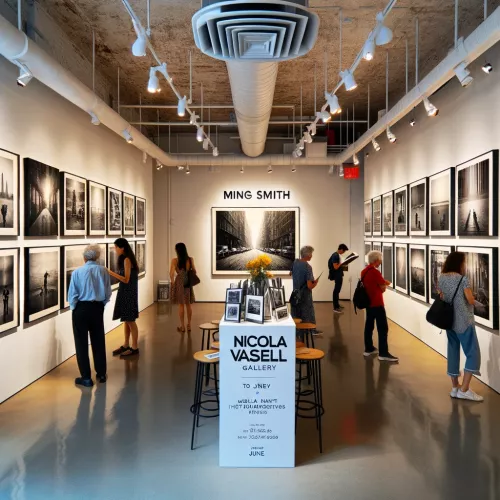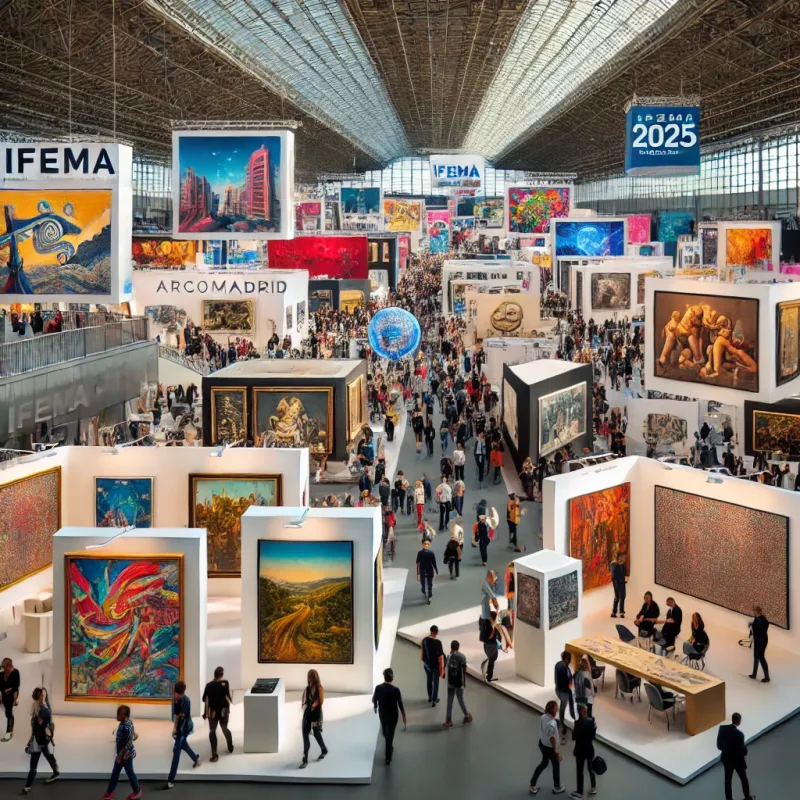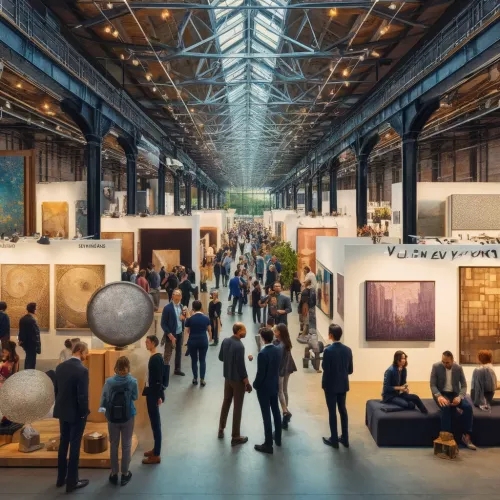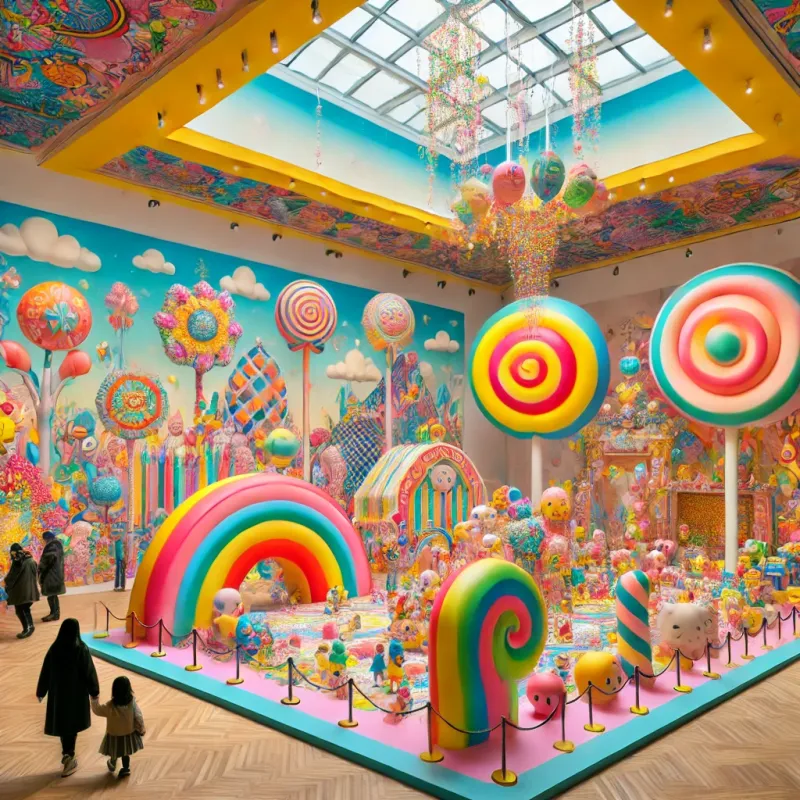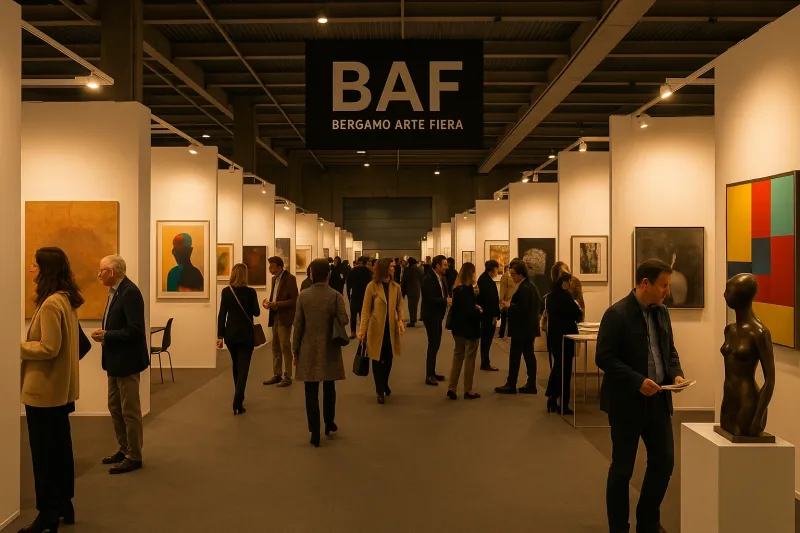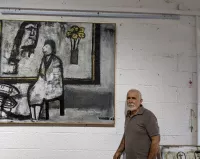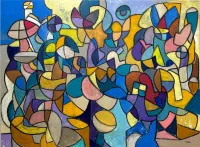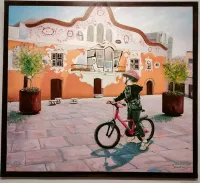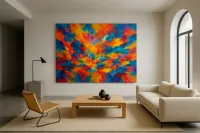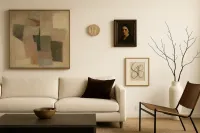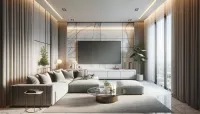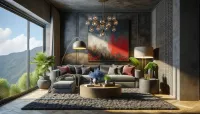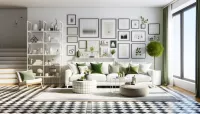Modern vs. Postmodern: Two Styles, Two Mindsets
Modern and Postmodern Interiors Speak Different Visual Languages — One Seeks Order, the Other Embraces Contradiction
Published:
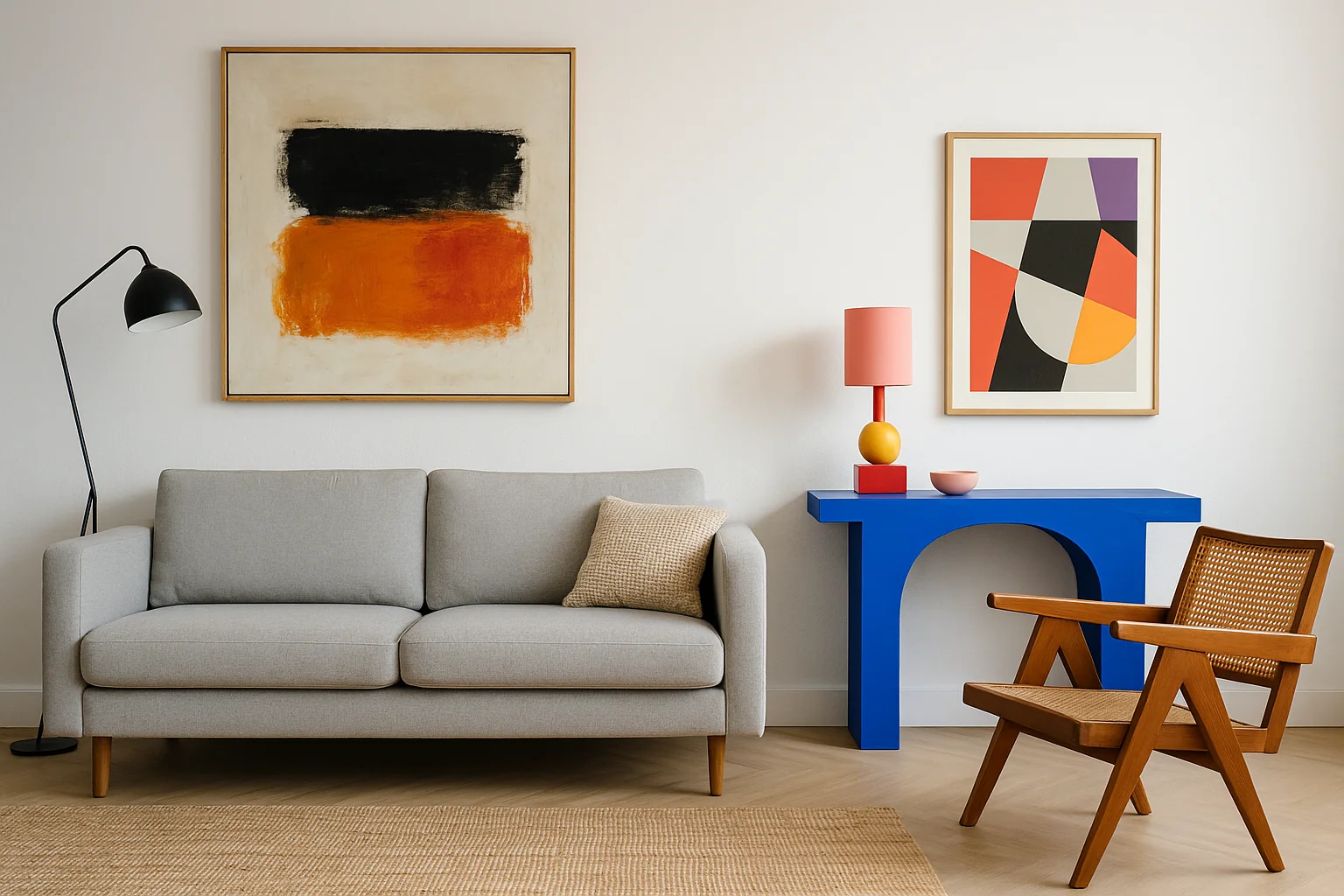 Modern vs. Postmodern: Two Styles, Two Mindsets
Modern vs. Postmodern: Two Styles, Two Mindsets
Few discussions in interior design inspire quite the same degree of consternation as the contrast between modern versus postmodern design.
Though modern and postmodern design have both influenced our relationship with space, they are built upon separate philosophical foundations. Postmodernism challenges modernism's pursuit of functionality, simplicity, and purity by blending, imitating, and making statements that are often contradictory. Knowing these two design languages facilitates both making aesthetically pleasing decisions and using space to express one's individuality.
These two styles are more than just surface aesthetics — they’re visual representations of distinct mindsets. Modern interiors convey their message through structure and clarity. Postmodern interiors, however, speak in riddles — they challenge, tease, and often provoke thought. Both have different perspectives through which to shape your environment.
The Roots of Modern Interior Design
Clean lines, functionality, and the belief in “less is more.”
Modern design developed in the early 20th century as a response to the ornate and the extraneous. Under the influence of the Bauhaus school and Scandinavian design philosophy, it favored open spaces, geometric shapes, and natural materials, such as wood, as well as the use of leather and stone. Everything had a purpose, and anything unnecessary was left out. White walls, neutral tones, and functional furniture set the tone for this movement.
This style reflects the optimism of the Industrial Age — the late 19th and early 20th centuries. The notion that form could follow function and that design could improve lives was a key principle of this era. Architects and designers like Le Corbusier and Mies van der Rohe defined the era with their unwavering commitment to simplicity and purpose.
Enter Postmodernism: A Response to Uniformity
Why designers began to break the rules — on purpose.
By the end of the 20th century, creativity-desiring types even began to experience modernism as overly robotic, even dead. Postmodern designers like Michael Graves and Ettore Sottsass entered the scene, adding an ironic touch and a sense of humor, as well as color, back into interiors. Postmodernism challenged the notion that design had to be serious or austere. Instead, it celebrated bold silhouettes, eclectic pairings, and yes, even historical references — combined, often, in unexpectedly wacky ways.
This was not simply rebellion for rebellion’s sake. It was a philosophical shift. Diverse and playful postmodern design interiors are all about having fun and expressing your individuality. Where modernism aimed at universalization, postmodernism allowed for the personal and the peculiar.
Key Differences in Mood, Materials, and Form
Sleek vs playful, neutral vs loud, minimal vs expressive.
Where modern interiors lean on monochrome palettes and natural materials, postmodern design style plays with contrast — bright colors, unusual forms, and unexpected textures. A contemporary room might feature a sleek Eames lounge chair in a white, sunlit space; a postmodern room might pair that same chair with a Memphis-style lamp and patterned wallpaper.
Modernism prizes order and repetition. Postmodernism prefers contradiction and variety. One speaks in a calm, steady tone — the other laughs, dances, and questions the rules. Both can be beautiful, but the emotional impact they create is entirely different.
Can You Mix the Two?
Absolutely! Blending order and character in a single space, intentionally.
Many contemporary designers are blending both approaches. You might see a clean, modern space warmed up with a single postmodern piece — a whimsical chair, a splash of vibrant color, or a playful light fixture. The key is balance. By knowing what each style brings to the table, you can purposefully mix and match those elements to express your tastes and worldviews.
No matter if you are drawn to the utter clarification of modernism or the chaos of postmodernism, both styles offer meaningful ways to express who you are. Modern vs postmodern interior design isn’t just a choice of furniture or paint — it’s about mindset, values, and how you want your space to feel. And sometimes, the best interiors find a way to accommodate both.






